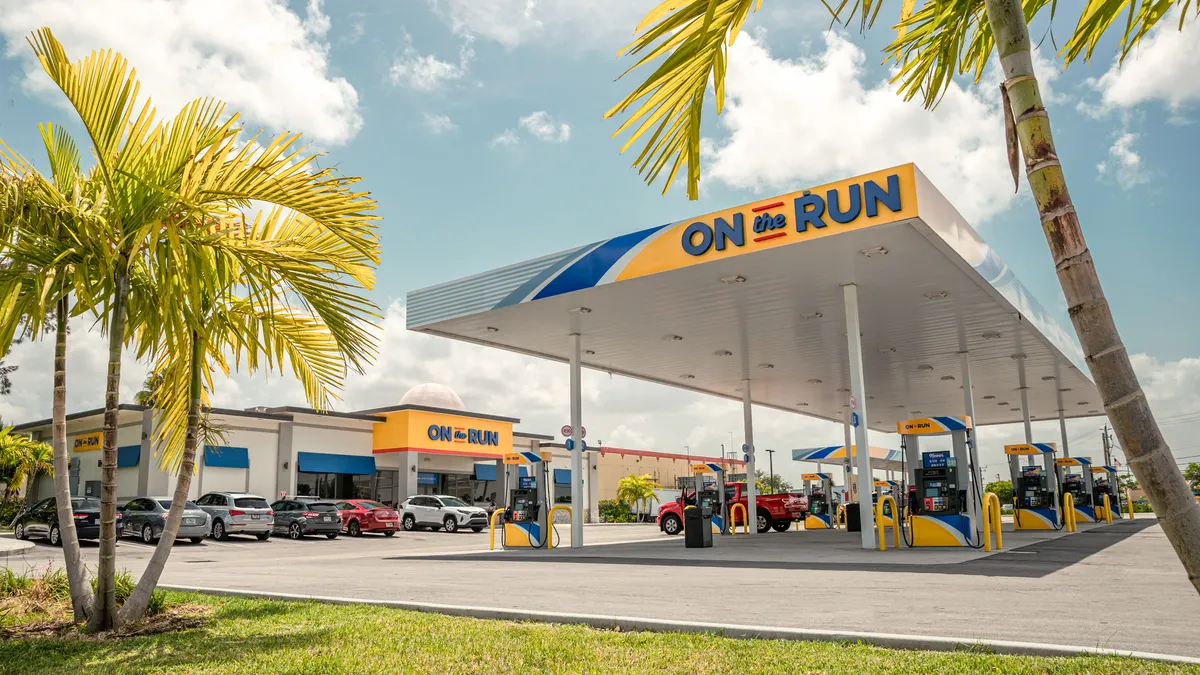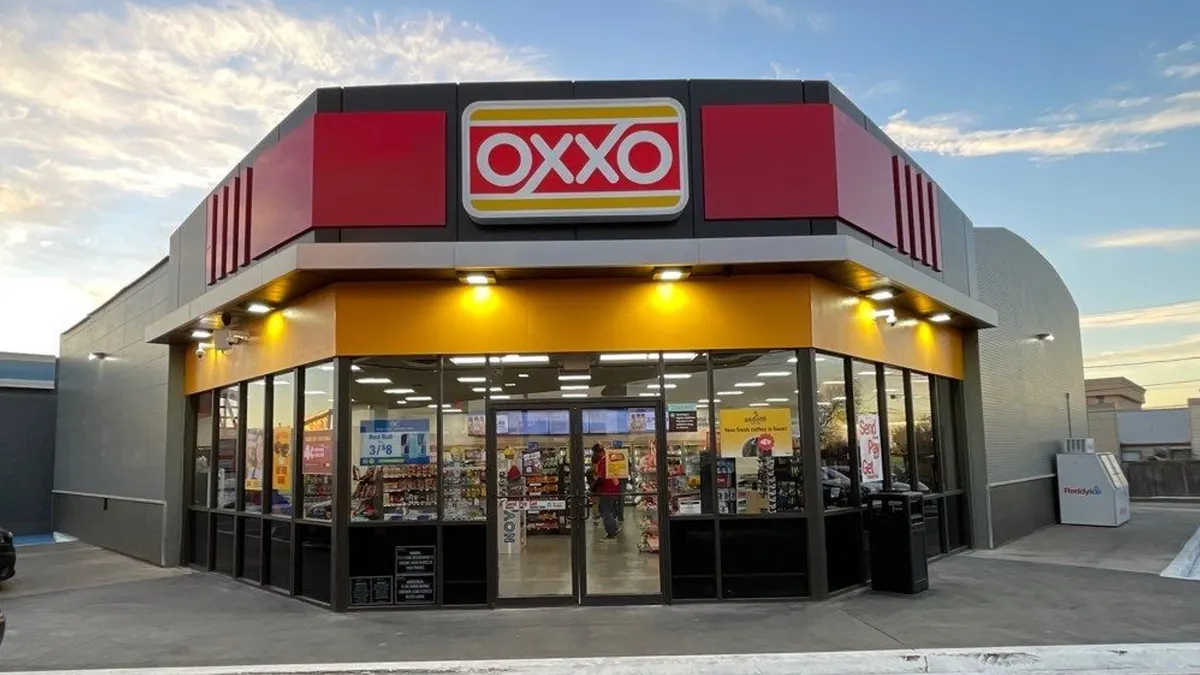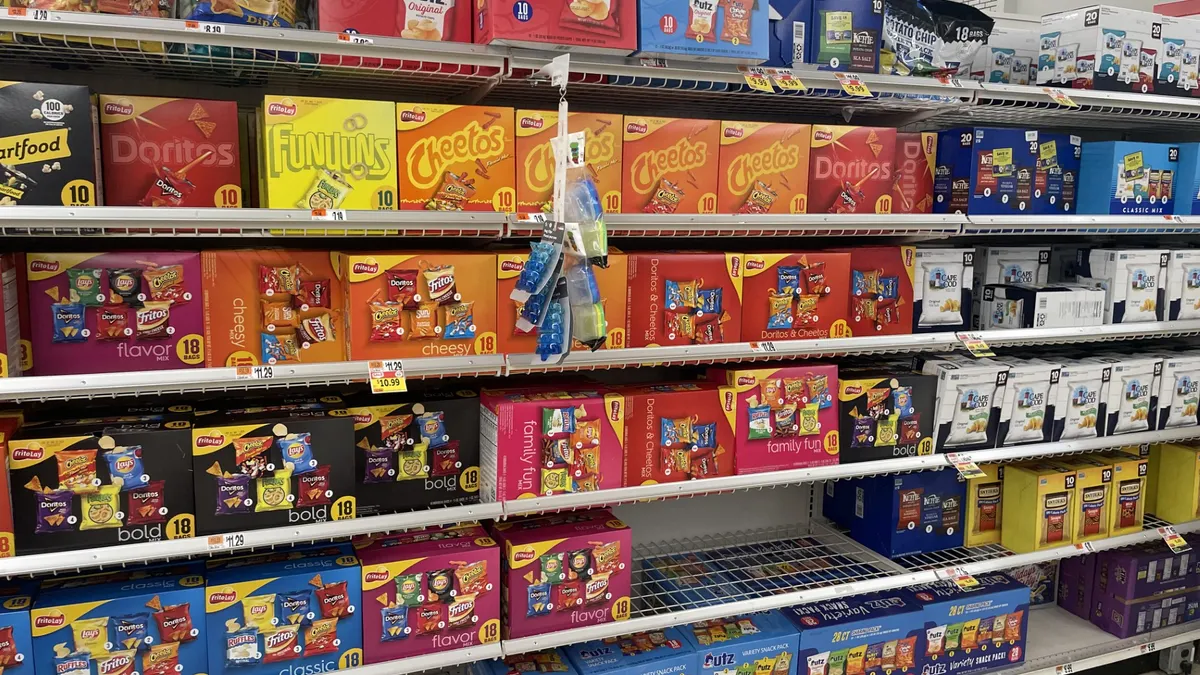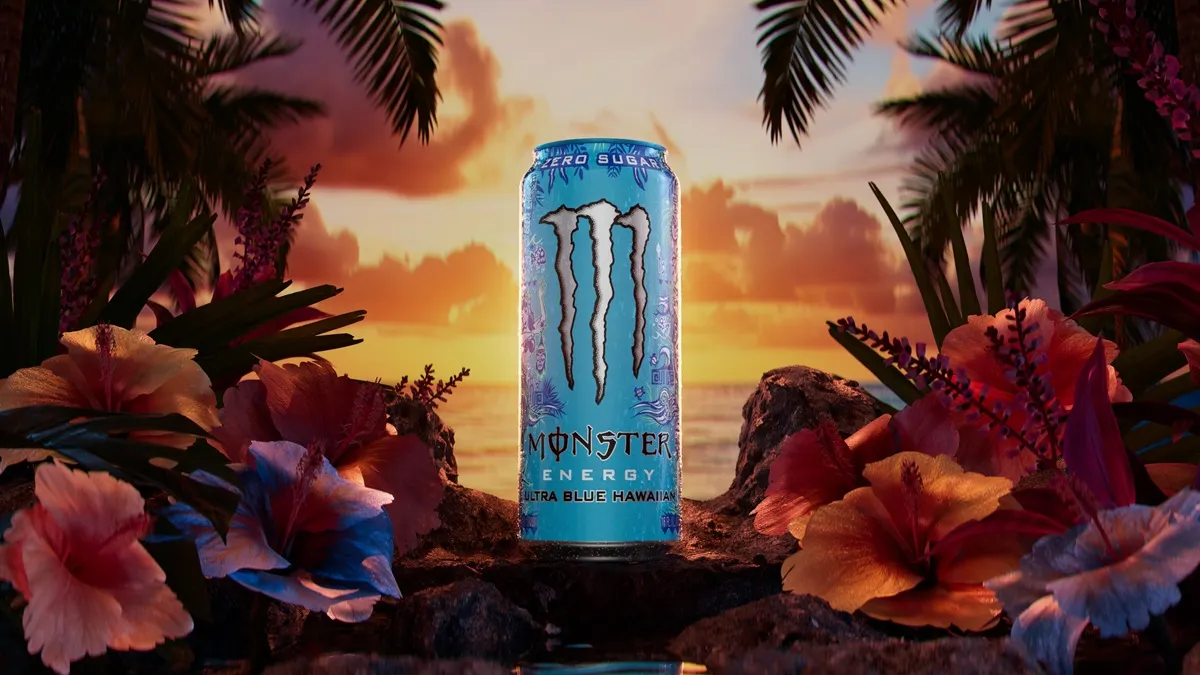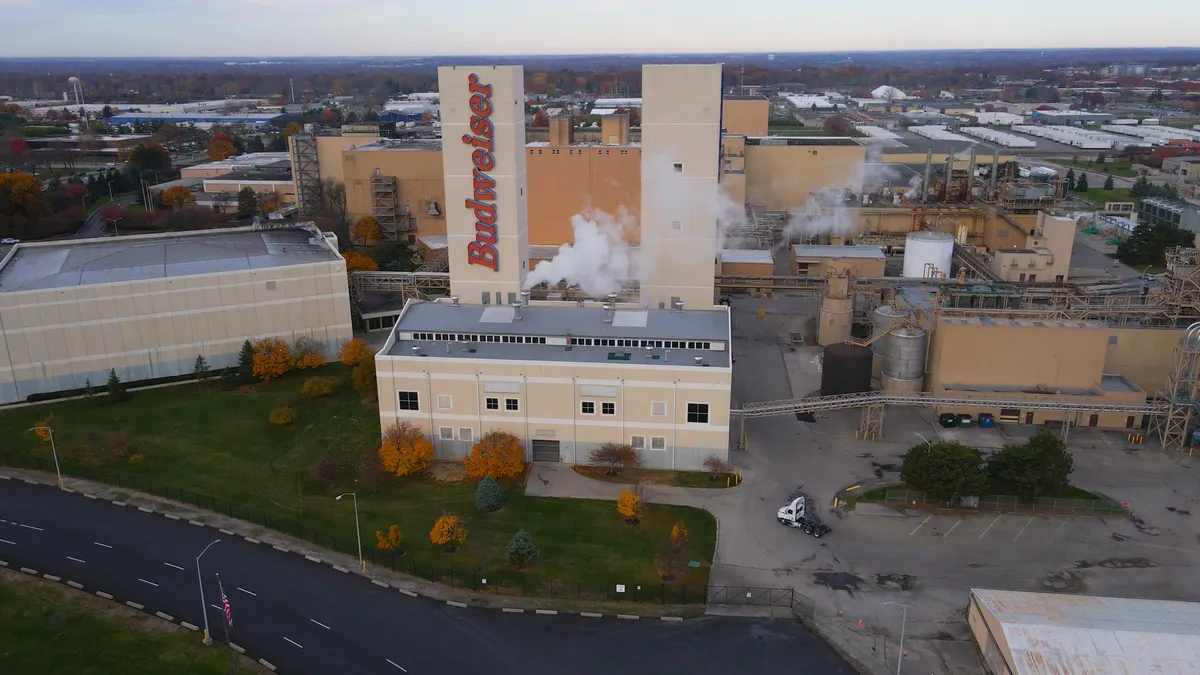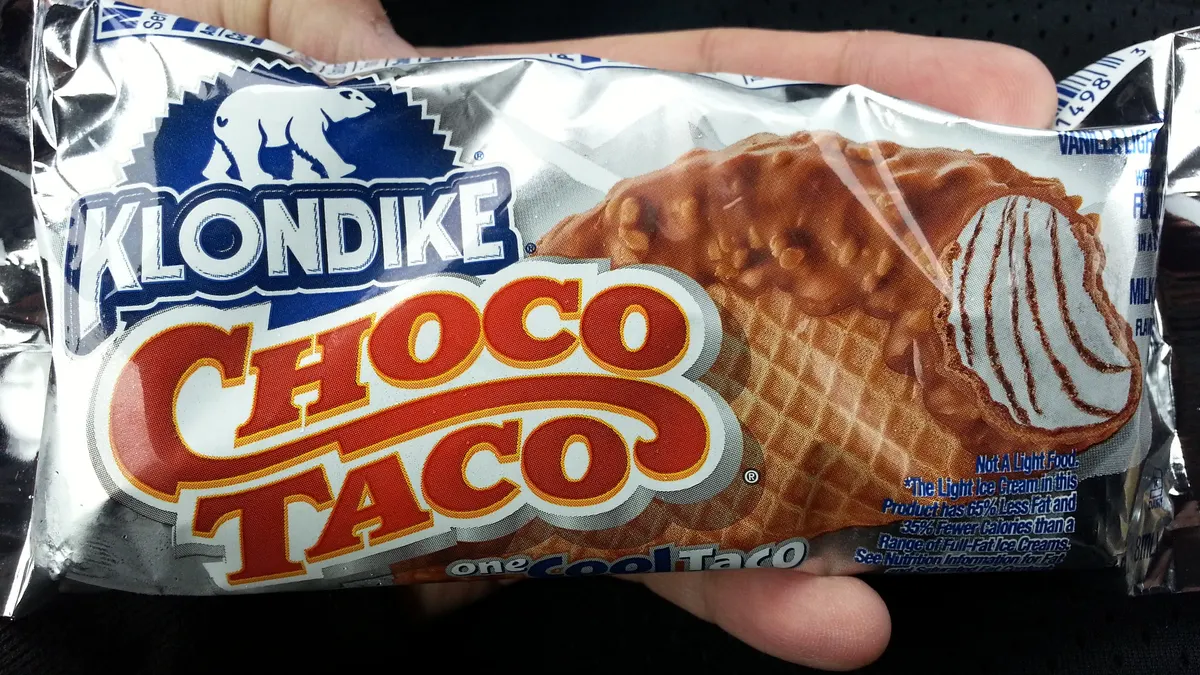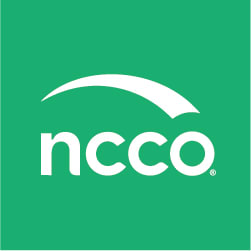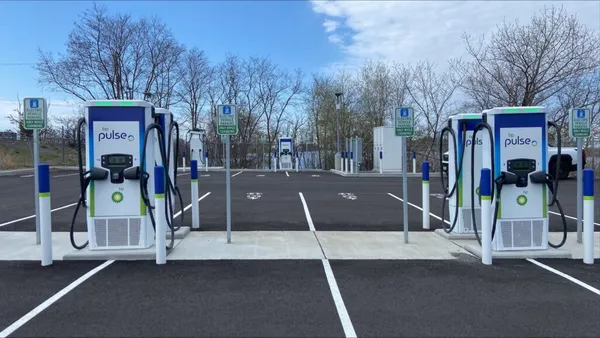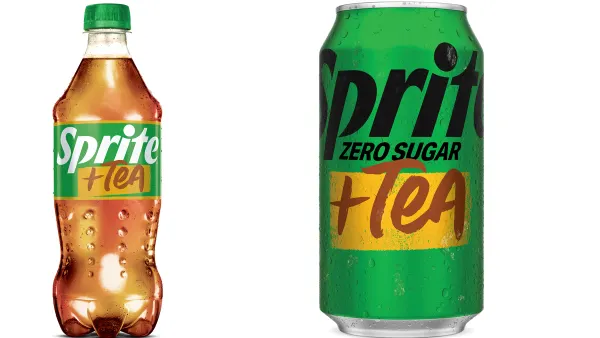Despite a decline in sweets sales at c-stores and other retailers in 2024, the future for c-store candy sales looks bright, experts say.
”Candy serves as a mental wellbeing option for many consumers because of its emotional connection,” said Sally Lyons Wyatt, global executive vice president and chief advisor of consumer goods and foodservice insights at Circana. “It’s fun to eat. It makes us happy. Eaten in moderation, candy can be an inexpensive joy maker.”
But while this category still has a strong presence in the U.S. — candy sales hit $54 billion in 2024 and are expected to reach $70 billion by 2029, according to the National Confectioners Association (NCA)’s 2025 State of Treating report — it was hit by the same double whammy of higher prices and worried consumers that have affected most retailers over the past few years.
Overall c-store candy sales declined 2.2% to $8.3 billion for the year ending Feb. 23, according to Circana, while unit sales dropped 5.9%. The shortfall is due to lower overall sales and traffic to c-stores, according to Lyons Wyatt.
Confectionery sales across all types of retailers also declined 5% in units in 2024 — decreasing 3.3% for chocolate, 0.3% for nonchocolate and 2.2% for gum, according to the NCA report.
"It is a difficult macro environment. [Consumers] tell us they are stressed, worse off financially than they were 12 months ago," said Nick Snow, senior vice president of decision science and analysis at Dollar General, at the Circana Growth Summit in Orlando.
However, Snow noted that consumers are willing to treat themselves with small expenses such as candy bars.
"People always take advantage of that extra candy bar at the front end."
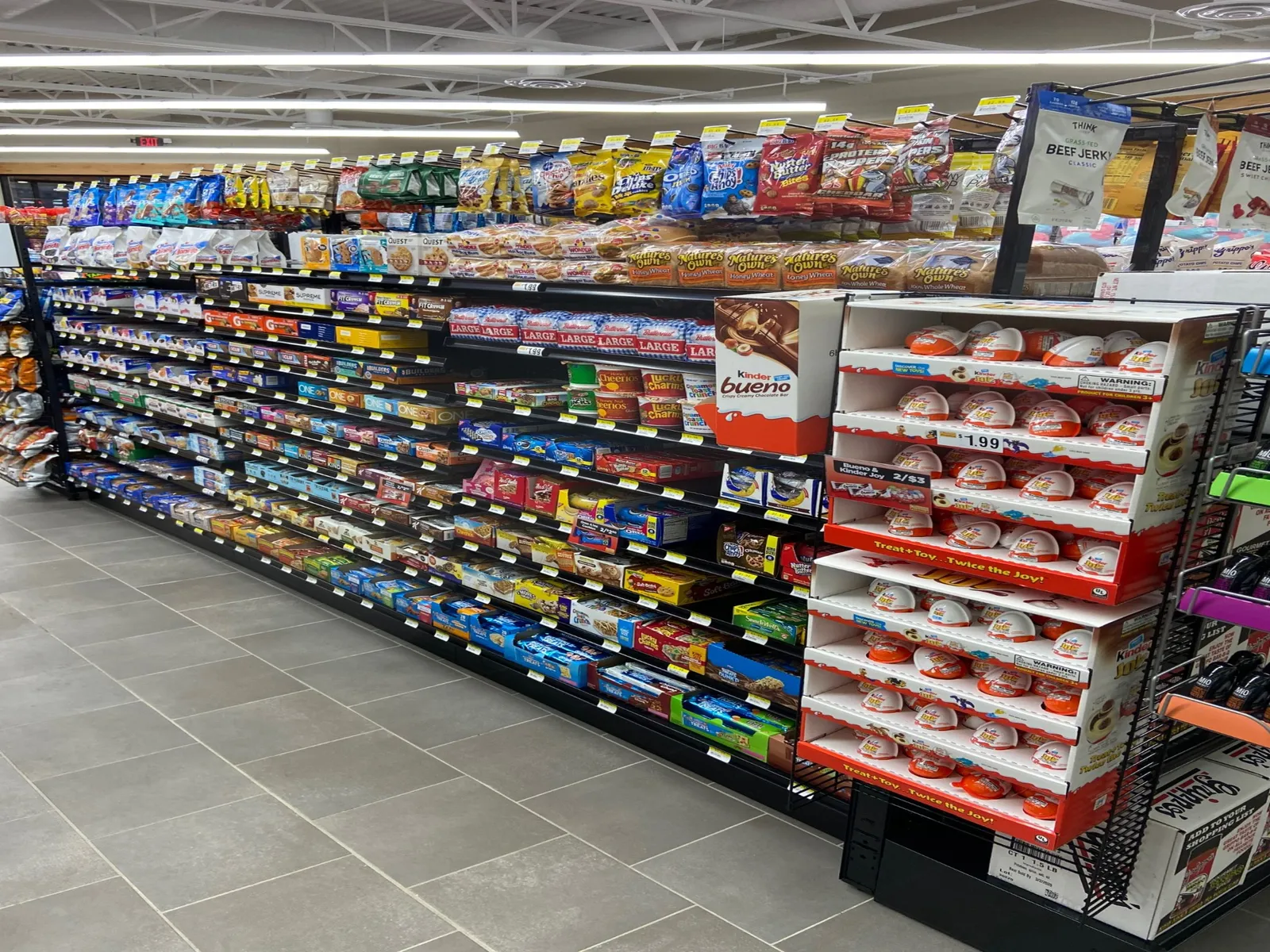
Balancing value with treating
The NCA report found that, while consumers are concerned about the price of all groceries, 98% of shoppers said they purchased confectionery products at some point in 2024.
“Innovations in chocolate and candy today will continue to attract consumers and meet them where they want to be met long after inflation has stabilized,” said Christopher Gindlesperger, senior vice president of public affairs and communications for NCA.
Consumers are making difficult decisions to balance their budgets, which includes drawbacks on many discretionary categories, like candy, Lyons Wyatt noted. However, "there are several pockets of growth — especially within nonchocolate,” she added.
Balancing budgets is helping premium and super premium varieties of candy grow alongside private brands, according to Lyons Wyatt. Across all retailers, private label candy sales declined last year, but retailers saw small growth in novelty nonchocolate candy, licorice, breath fresheners, seasonal nonchocolate Halloween candy and seasonal chocolate Valentine’s Day and Easter candy.
”Candy serves as a mental wellbeing option for many consumers because of its emotional connection.”

Sally Lyons Wyatt
Global executive vice president and chief advisor of consumer goods and foodservice insights at Circana
Since 71% of consumers rank price as a top-three purchase factor for candy, deals like two-for-one offers could boost sales. In fact, 59% of consumers reported they like those offers on candy, NCA found.
Limited time offers also draw traffic, excite consumers and help increase buy rates, Lyons Wyatt noted.
Sales of gummies, nonchocolate candy soar
While a little more than half of confectionary sales were driven by chocolate in 2024, nonchocolate candy saw the most year-over-year growth, up 4.9%. Gum and mints followed with a lift of 1.9%.
In fact, nonchocolate candy has grown by nearly $5 billion since 2019 — an increase of almost 70% — and is expected to reach $27 billion, the NCA report said.
Consumers turn to nonchocolate candies for many reasons, including flavors, shapes, textures like crunchy and chewy, innovations and functional benefits in some varieties, Lyons Wyatt said.
"They are fun to eat, provide experiential moments and can be eaten throughout the day,” she said.
Nonchocolate sales were boosted by the popularity of sour candy last year, and nearly 11% of sales came from innovation, the NCA found.
"This trend is driven by Gen Z and millennial consumers who report loving exploration of all things sour, flavor mashups, different textures, and flavor experiences,” said Gindlesperger.
Gummy candies are especially popular in c-stores, with major retailers such as 7-Eleven expanding their selection of private label gummies in the past couple of years. BP’s Epic Goods line, launched last year, features several different kinds of regular and sour gummy candies, while Loop Neighborhood Market’s Delish Candy and Snacks line sports a variety of gummy products.
7-Eleven even brought this popularity into other areas of the store with a Slurpee based on Shaquille O'Neal’s line of sour gummies.
Additionally, more consumers are gravitating toward freeze-dried nonchocolate items, which “provide a different texture,” Lyons Wyatt noted.
“The rest of 2025 has many headwinds for the convenience channel but I do think nonchocolate will be one of the bright lights for store traffic and sales, as long as consumers have money to spend,” Lyons Wyatt said.
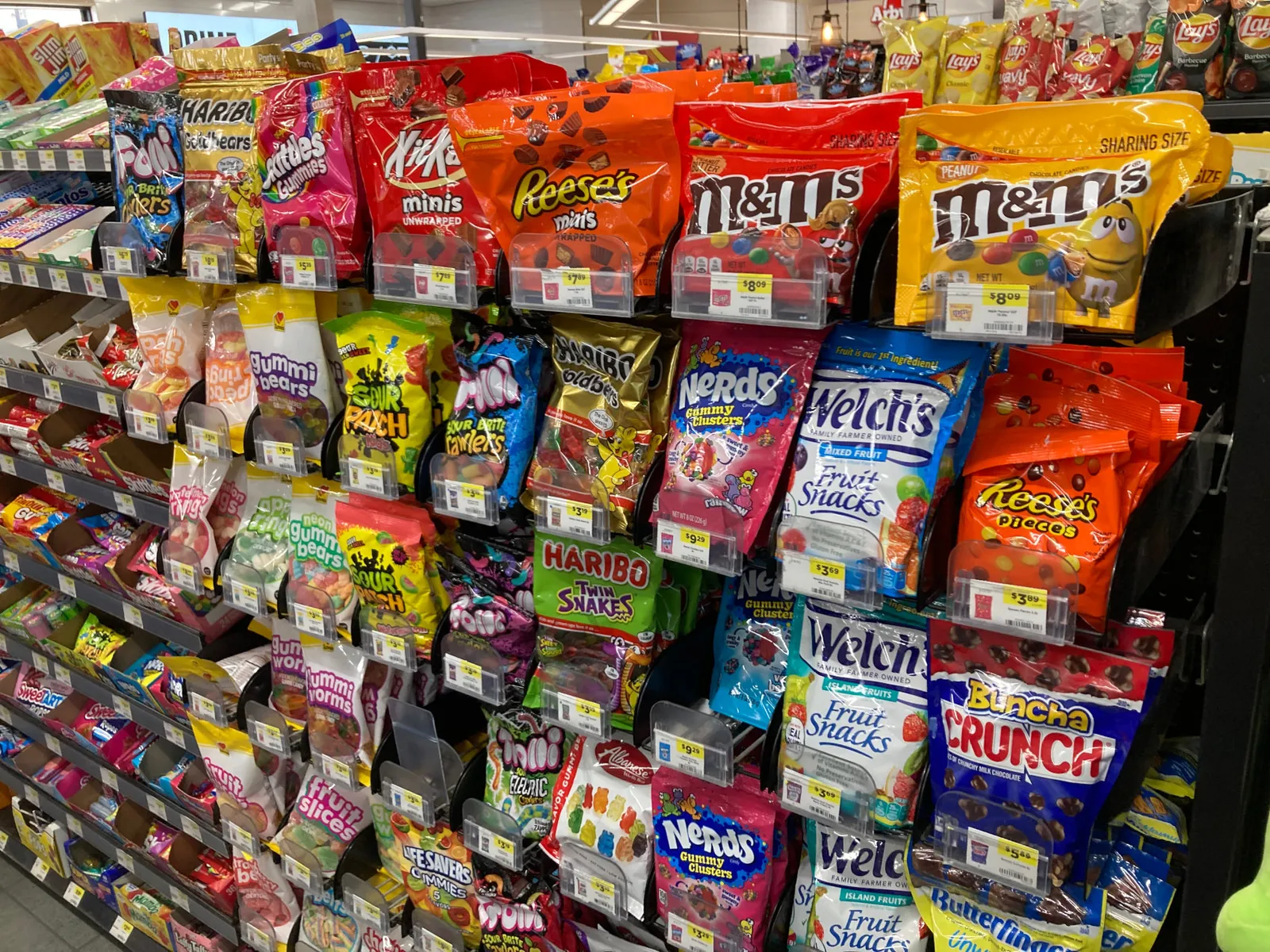
Give customers plenty of options
Candy makers are offering more variety in pack sizes and portion options than in the past — and consumers are responding, according to the NCA.
“Package size options and resealable packaging are particularly important to Gen Z and Millennial consumers, whose preferences are having a noticeable effect on confectionery,” Gindlesperger said.
While consumers had been shifting from single-serve to multi-pack chocolate candy in the past couple of years, the trend is reversing “as consumers seek smaller multipacks at lower price points,” Lyons Wyatt noted.
In addition to offering the right assortment and package sizes, c-stores should also make it more convenient for customers to buy candy. Across all types of retailers, there has been a surge in e-commerce candy sales, up 70% from 2021 to 2024, Lyons Wyatt said.
“Convenience retailers should ensure they have options for the trip into the store and/or delivery via their own offering or a third party.”
Functional ingredient growth fueled by GLP-1 popularity
Both in candy and across the broader snacking universe, more consumers are seeking better-for-you options, according to Lyons Wyatt.
“All generations are fueling this trend, seeking products with ‘less of’ the ingredients they are trying to avoid and ‘more of’ ingredients they are leaning towards,”she said.
This is being exacerbated by the rise in users of GLP-1 appetite-suppressing drugs. Roughly 1 in 6 U.S. households have at least one member using these medications, according to Jenna Freese, director of strategy at Numerator. These people are “looking for food that works harder — protein, shakes, jerky, kombucha, fresh meals, and right-sized portions,” said Freese.
As a result, candies with package claims such as low sugar, USDA Organic, vegan, no high fructose corn syrup, no artificial sweeteners, natural flavors, no sugar alcohols, no synthetic colors, plant-based, and prebiotic fiber are performing well.
Still, it remains a niche interest. The NCA found that only 10% of respondents said they frequently purchase such items.




